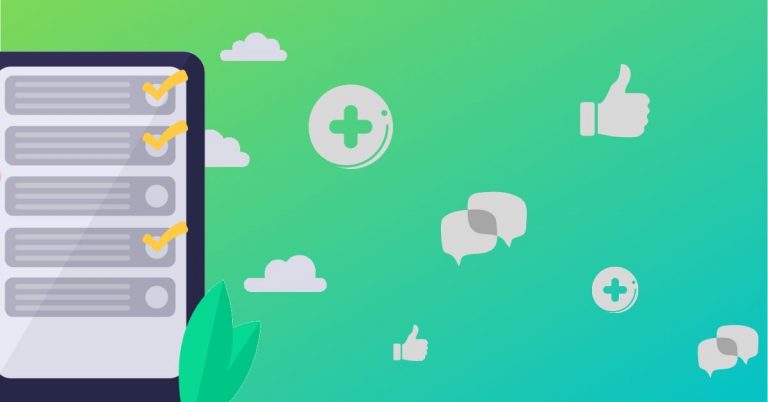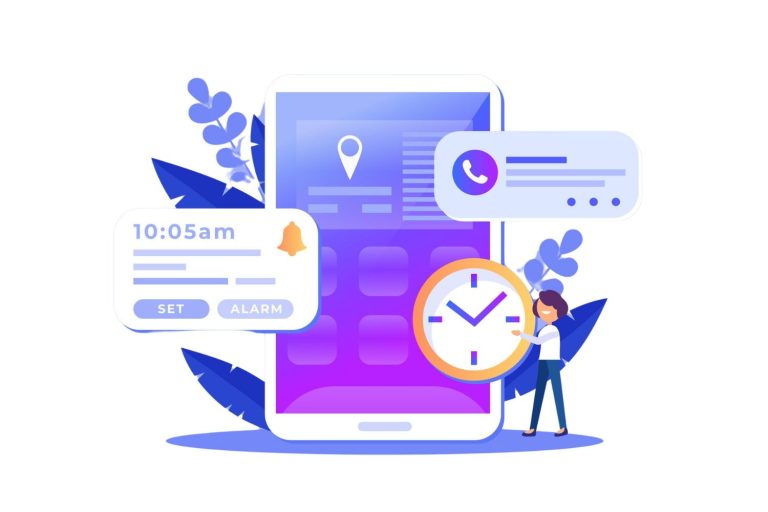Healthcare, Meet Kaizen
The country’s largest anti-hunger charity, the Food Bank for New York City, feeds about 1.5 million people every year. To do this it relies very heavily on the generosity of various businesses. One of these businesses was Toyota and in 2011, instead of handing out material resources, Toyota brought in a group of engineers and presented Kaizen.
Kaizen is a Japanese word meaning “continuous improvement” and is one of the core structure in Toyota’s business and its success. The key to Kaizen is the optimization of processes. Make one small change here and another one over there to achieve a greater result.
Even though there was a lot of apprehension in the beginning, once the engineers started out tinkering with the existing process, the results were unbelievable. Toyota was able to cut down the wait time for dinner from a previous 90 minutes all the way down to 18 minutes process.
Now, when we think about the healthcare industry, we usually imagine a behemoth lumbering along, taking its own time. Healthcare has always taken its time in adopting new standards, protocols and processes. This is where Kaizen finds its strength and works best. It is a system made to bring about changes, where changes are feared and loathed. No wonder it takes its roots in the automobile industry.
The advancement of technology at such an accelerated pace actually presents a very good opportunity to implement Kaizen in healthcare institutions. All the way from single provider practices to multi-specialty hospitals across several locations can benefit from Kaizen, executed with the backing of technology to bring about the desired results and have a very low disappointment rate.
Let’s take a look at how Kaizen can help clinics and hospitals.
Patient Management
Just like in the Food Bank, wait times are the biggest source of grief for patients (second only to the local DMVs). And just like the Food bank, Kaizen can help tremendously in cutting down patient wait times using technology. For example, a digital patient check in software functioning along with the EHR, can decrease check-in time at hospitals and clinics drastically. The provider has a holistic view of the incoming patient while the patient is able to save a lot of time and get on with their other priorities after a visit.
Information Management
Apart from the environmental standpoint, digital patient check-in software also enables a paperless workflow. This helps in saving costs and resources, while getting a thumbs up from Green Peace. Since all the data is available on a digital platform, it is easily accessible. This means there is no more filling, scanning, indexing or shredding of paper and the resources usually assigned to handle these jobs can actually perform their core duties better. All this acts as a cost saving multiplier and the returns can be seen accumulating overtime. The incremental change required for this is already taken care by the implementation of the digital check-in software that replaces the paper and clipboard check-in.
Data Security
With data flowing as per international standards (usually Health Level Seven – HL7), a good patient check-in software is able to provide both efficiency and security. Since security is such a big concern in healthcare especially with so much at stake, a properly approved and tested software is a must. Kaizen, in this step, would be to audit the network for compliance, set very high security measures in case of non-compliance and finally to have a scheduled scan of the entire network in order to check for breaches or weak spots periodically.
Error Reduction
Implementing Kaizen in this workflow will also result in reduction of errors which may creep up in a manual environment. With data being entered through a digital interface, it becomes easier to do spell checks, find missing data and compare new data. Considering the fact that medical information is very private and any discrepancy in the data could lead to serious consequences in the future, this is a significant value-add.
Provider Efficiency
One of the biggest benefactors of these incremental changes would be the providers. With easily available patient data, the provider is empowered with the required information during an encounter. The provider is then able to spend more time actually interacting with the patient rather than scribbling notes. The smoother workflow also allows the provider to see more patients and thus increase the practice efficiency.
Although it may seem daunting at first, Kaizen gives you the option to make small changes at a time. Remember, Kaizen means continuous improvement of the small steps, and not just some improvement that happens only once.




![Great [Patient] Expectations](https://www.healthasyst.com/checkinasyst/wp-content/uploads/2021/06/Great-Patient-Expectations-768x510.jpg)


